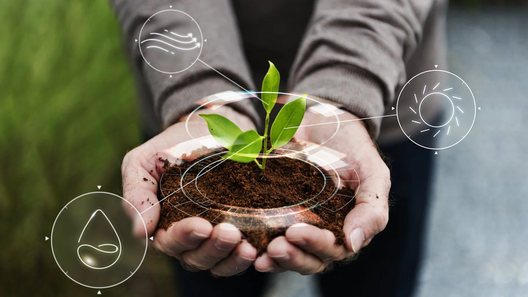Introduction to Big Data

Reading time
Content
In the realm of modern agriculture, the advent of Big Data has ushered in a transformative era, revolutionizing traditional farming practices and decision-making processes. Big Data in agriculture refers to the vast and complex datasets generated through various sources such as sensors, satellite imagery, weather stations, and farm equipment. These datasets are leveraged to extract valuable insights that empower farmers, researchers, and policymakers to make informed choices and optimize agricultural operations. The integration of Big Data analytics in agriculture holds the promise of enhancing productivity, minimizing resource wastage, and addressing the challenges posed by climate variability, ultimately contributing to the sustainable development of the agricultural sector.
The key components of Big Data in agriculture encompass data collection, processing, analysis, and application. Through advanced technologies like Internet of Things (IoT) devices, drones, and satellite imaging, farmers can gather real-time information on soil conditions, crop health, and weather patterns. Subsequently, powerful analytics tools process this vast amount of data to identify trends, patterns, and correlations, offering actionable insights. These insights enable farmers to make data-driven decisions related to crop management, irrigation, pest control, and resource allocation, fostering precision agriculture practices. As the agricultural industry continues to embrace Big Data, the potential for innovation and efficiency gains becomes increasingly evident, paving the way for a more sustainable and resilient future in food production.
